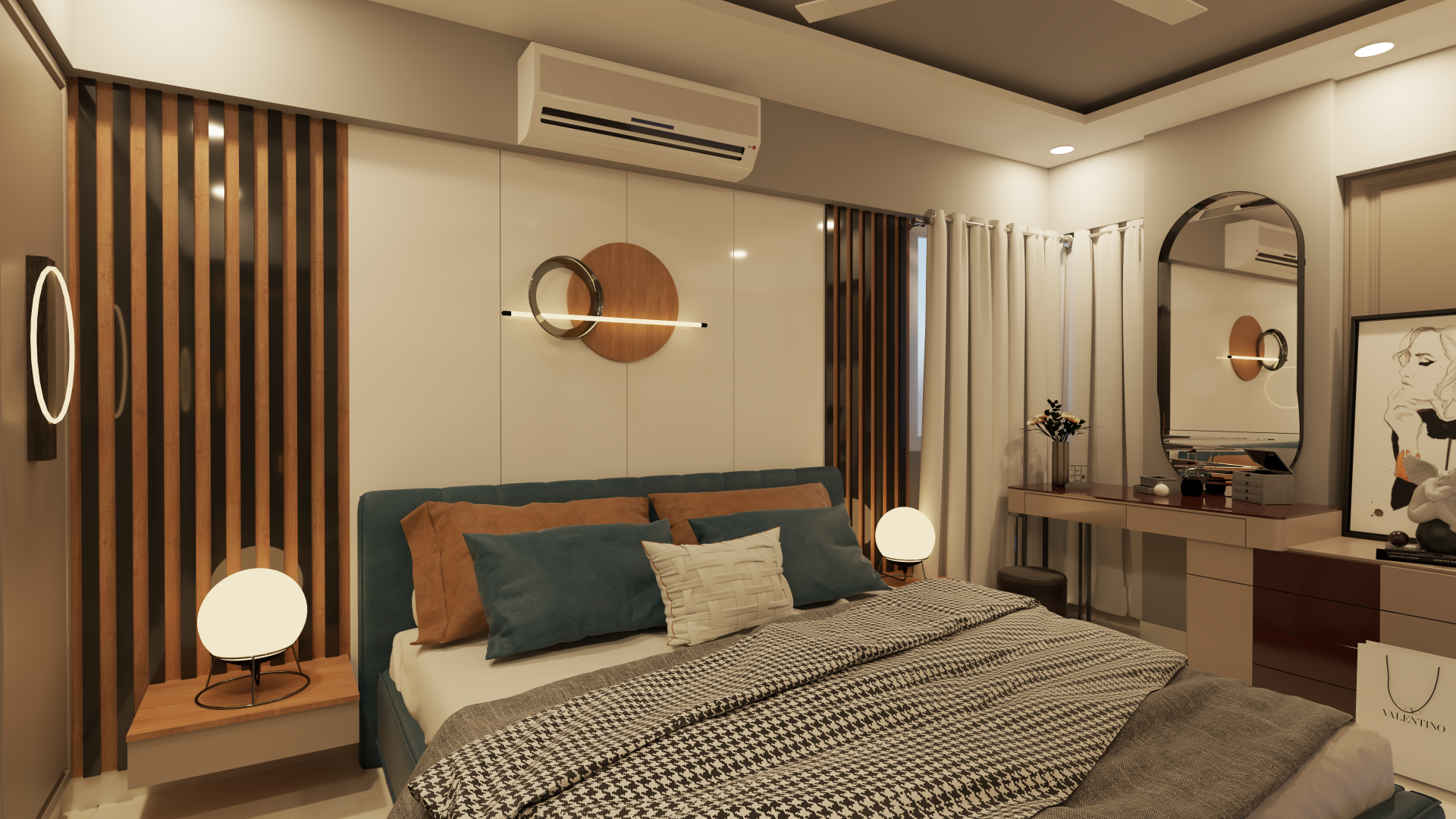Sustainable design is no longer just a trend; it’s a necessity. As environmental concerns grow, more homeowners are seeking ways to reduce their carbon footprint and create eco-friendly living spaces. Incorporating sustainable design into your home not only helps the environment but also enhances your quality of life and can even save you money in the long run. This guide will walk you through practical steps and strategies to make your home more sustainable, from choosing eco-friendly materials to adopting energy-efficient solutions.
Start with Sustainable Materials
One of the first steps to incorporating sustainable design into your home is to choose eco-friendly materials. Opt for sustainable options like reclaimed wood, bamboo, cork, and recycled metal. These materials are not only environmentally friendly but also durable and aesthetically pleasing. Reclaimed wood, for instance, adds character and warmth to your interiors, while bamboo offers a modern, sleek look. When selecting materials, consider their lifecycle impact, including how they are sourced, manufactured, and eventually disposed of.
Energy Efficiency is Key
Energy efficiency plays a crucial role in sustainable home design. Start by upgrading to energy-efficient appliances, such as refrigerators, dishwashers, and washing machines, which use less water and electricity. Consider installing LED lighting, which consumes significantly less energy and lasts longer than traditional bulbs. To further reduce energy consumption, invest in smart thermostats that allow you to control heating and cooling systems remotely, ensuring that energy is used only when needed.
Incorporate Renewable Energy Sources
Harnessing renewable energy is an excellent way to make your home more sustainable. Solar panels are a popular choice for generating clean energy and can significantly reduce your electricity bills over time. Additionally, consider solar water heaters or wind turbines if they are viable in your area. While the initial investment may be high, the long-term benefits, including lower energy costs and reduced environmental impact, make it worthwhile.
Focus on Water Conservation
Water conservation is another important aspect of sustainable home design. Start by installing low-flow faucets, showerheads, and toilets that reduce water usage without sacrificing performance. Consider incorporating rainwater harvesting systems that collect and store rainwater for non-potable uses, such as irrigation. Xeriscaping, which involves landscaping with drought-resistant plants, is another effective way to reduce water consumption while maintaining a beautiful outdoor space.
Implement Sustainable Insulation Solutions
Proper insulation is essential for maintaining a comfortable indoor environment and reducing energy consumption. Consider using sustainable insulation materials like cellulose, which is made from recycled paper, or sheep’s wool, which is natural and biodegradable. These materials provide excellent thermal insulation and can help reduce the need for heating and cooling, thus lowering your energy bills and carbon footprint.
Choose Eco-Friendly Furniture and Decor
When selecting furniture and decor, prioritize eco-friendly options. Look for pieces made from sustainable materials like FSC-certified wood, recycled metal, or natural fibers. Consider buying second-hand furniture or upcycling old pieces to give them a new life. Additionally, choose non-toxic paints and finishes that have low VOC (volatile organic compound) levels to improve indoor air quality. Sustainable furniture and decor not only contribute to a greener home but also add a unique and personal touch to your interiors.
Embrace Waste Reduction and Recycling
Reducing waste is a core principle of sustainable living. Start by minimizing the amount of waste you generate and recycling whenever possible. Implement a composting system in your kitchen to recycle organic waste and create nutrient-rich soil for your garden. When renovating or redecorating, consider donating or repurposing old materials and furniture instead of discarding them. Embracing a zero-waste lifestyle can significantly reduce your environmental impact and promote a more sustainable way of living.
Create a Healthy Indoor Environment
Sustainability isn’t just about the materials you use; it’s also about creating a healthy living environment. Improve indoor air quality by incorporating plenty of houseplants, which act as natural air purifiers. Use natural cleaning products that are free from harmful chemicals, and ensure proper ventilation to reduce indoor pollutants. A healthy indoor environment not only benefits your well-being but also aligns with the principles of sustainable design.
In conclusion, Incorporating sustainable design into your home is a rewarding journey that benefits both you and the planet. By choosing eco-friendly materials, adopting energy-efficient solutions, and embracing sustainable practices, you can create a home that is not only beautiful but also responsible and future-ready.
For expert guidance in achieving a sustainable home design, The Shape Interiors is the best for Interior Design Consultancy & 3D Modelling services for both Residential & Commercial Spaces. Founded in 2017 by Kazim Ratnani, The Shape Interiors specializes in creating bespoke designs that align with your vision and environmental values. Our 360 renders ensure that every detail of your sustainable design is meticulously planned and executed, reflecting our commitment to customer satisfaction and eco-conscious living.
Ready to transform your home into a sustainable haven? Contact us on WhatsApp via the icon at the bottom right of our website, and let’s start designing your eco-friendly space today!

